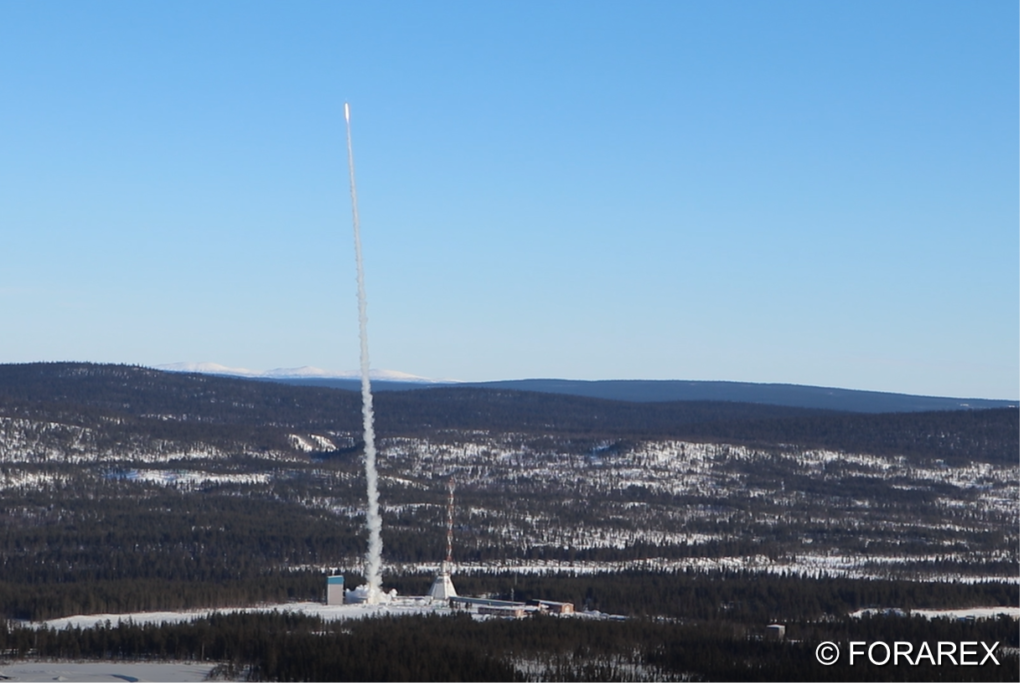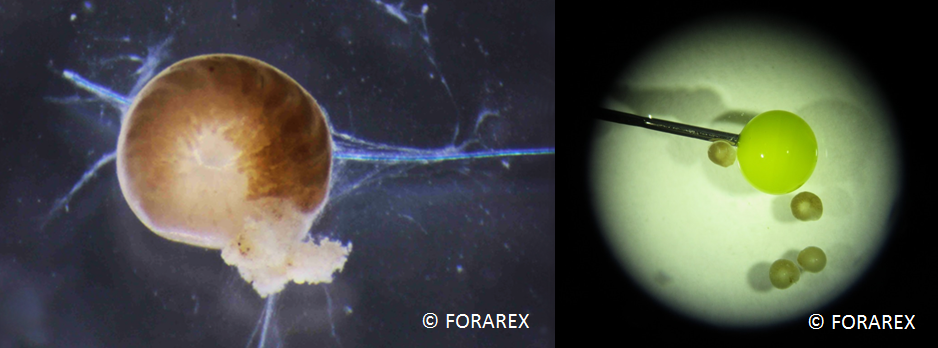by Julius Bihler, translated by Niko Steiner

Figure 1: During a rocket launch, vibrations occur in the fuel tank that can even influence the flight path. © Pixabay
Space rockets are rigid giants that overcome the Earth’s gravity with unimaginable force and reach outer space. But are they really as rigid as they look from afar? You have probably never sat IN a rocket to be able to judge that from close up. This article takes you to the inside of a rocket and what goes on there.












Recent Comments